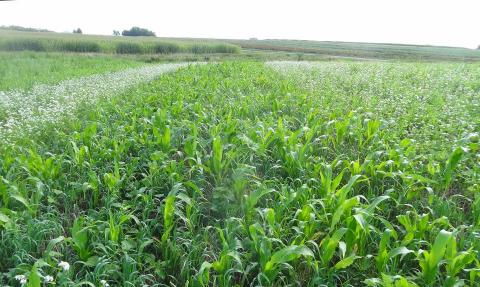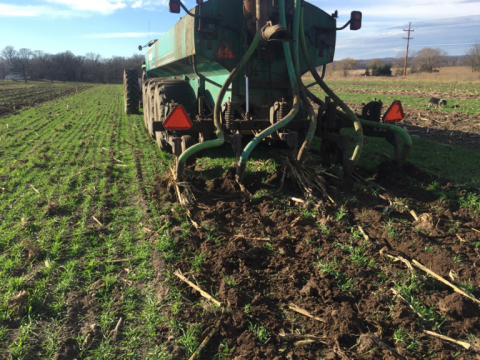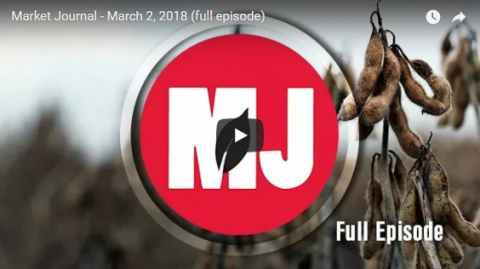Timing of Cover Crop Termination and Related Factors
April 20, 2018
Should the cold spring delay cover crop termination? Growers walk a fine line between growing cover crops long enough to get the biomass they want without reducing yield in the following grain crop. This discussion from an agronomist, entomologist and weed scientist looks at various factors to consider.
Q&A on Grazing Cereal Rye after an Anhydrous Application
April 19, 2018
This week a CropWatch reader asked: Can you safely graze cover crop rye this spring after anhydrous has been applied? That depends on several factors, write three extension specialists in agronomy and beef production.
Insects in Cover Crop Systems
April 6, 2018
If you missed the March 14 Nebraska Extension webinar on "Insects in Cover Crop Systems" with Justin McMechan, it's now available online.
Research Updates
April 4, 2018
Briefs on university crop research, this week featuring flame weeding research in northeast Nebraska and the effects of liquid manure injection into a winter rye cover crop as tested in on-farm trials in Minnesota.
Building Resilient Soil Systems using Residue, No-till, and Cover Crops
March 29, 2018
Crop residue, cover crops, and no-till farming practices can provide a positive buffering effect to changes in climate and extreme weather events. Together they can help keep more water and soil on-farm and contribute to improved soil health.
Wheat Stem Maggot in Corn: Plan on Scouting Your Cover Crop Fields This Spring
March 8, 2018
Wheat stem maggots were an issue for some eastern and southern Nebraska farmers planting corn directly into a growing cover crop, leading to questions about how to best manage this scenario in 2018. Learn why entomologists don't recommend adding an insecticide to the herbicide when terminating the cover crop.

April 4 Conference to Focus on Capturing Value of Cover Crops as Forages
March 7, 2018
A Nebraska Extension conference and field day, “Capturing Value in Cropping Systems using Cattle,” will offer a unique learning and networking opportunity for cattle and crop producers in eastern Nebraska.
Market Journal Looks at Farm Bill Discussions
March 2, 2018
This week's Market Journal looks at two key programs affecting farm management: the Farm Bill that's currently in production and crop insurance. Other speakers look at the grain markets, cover crop research, and the forecast for next week.





